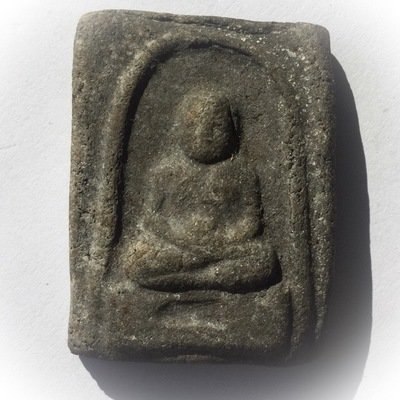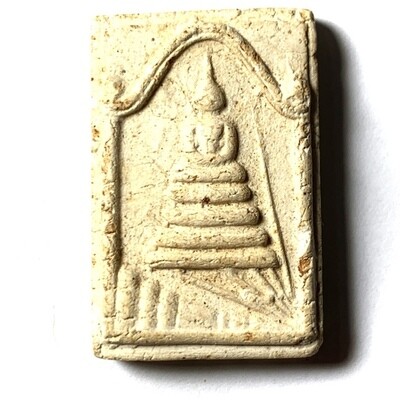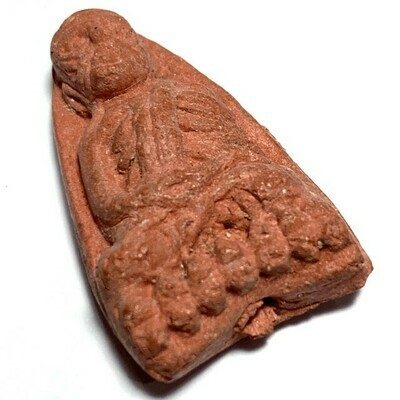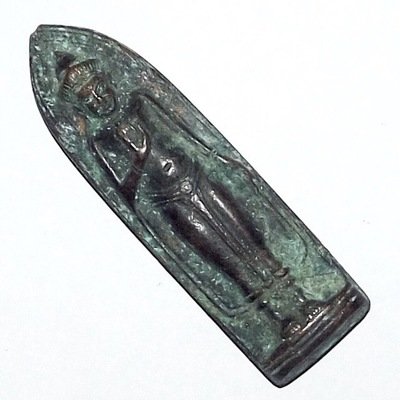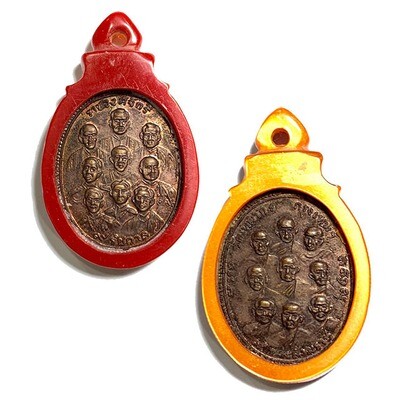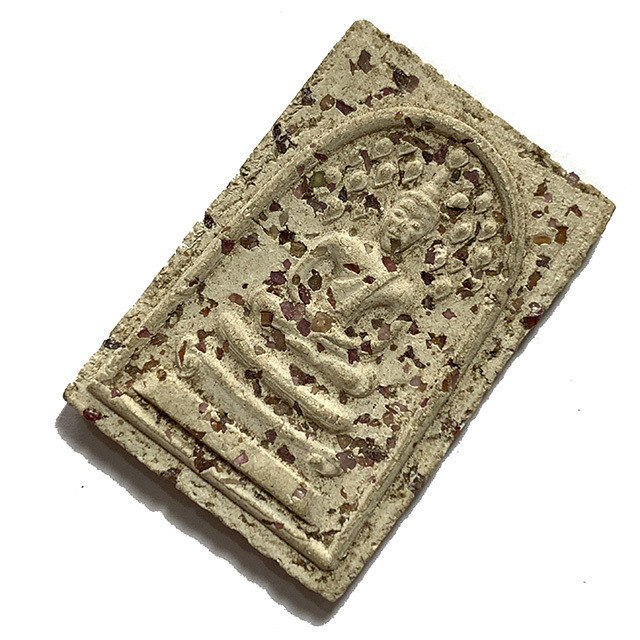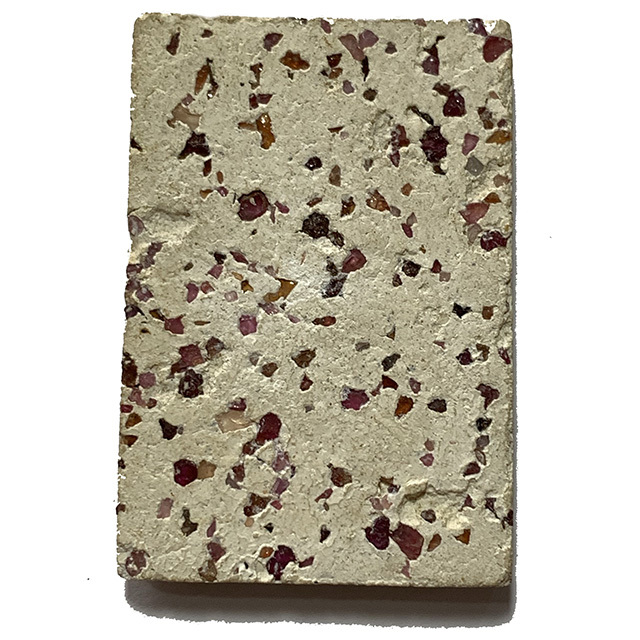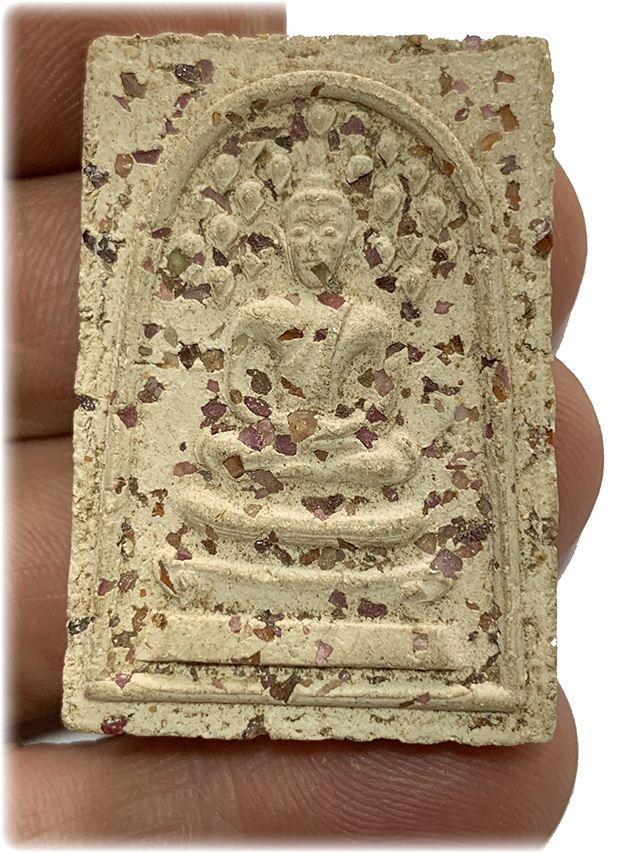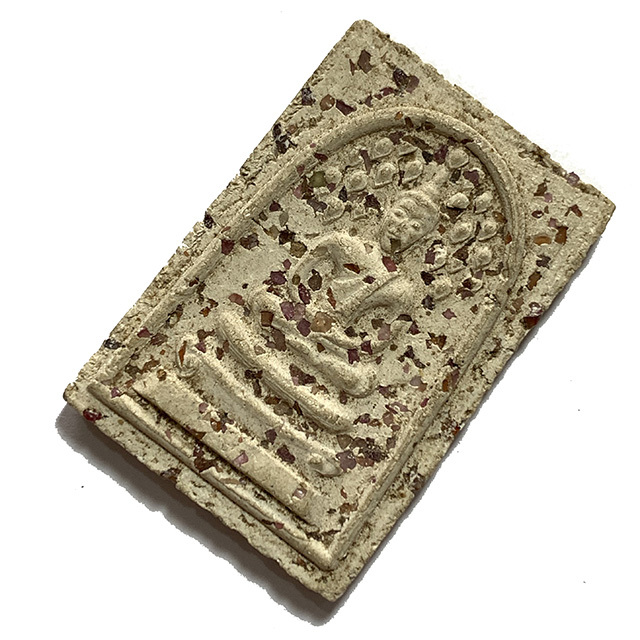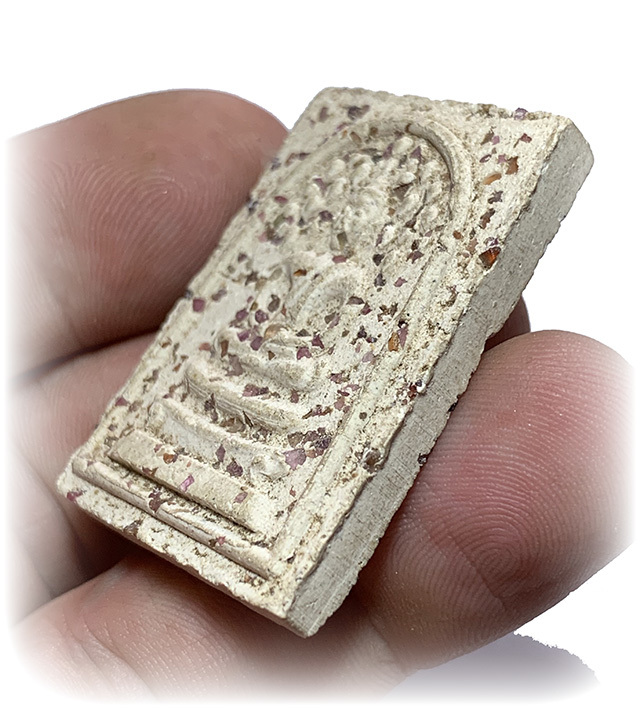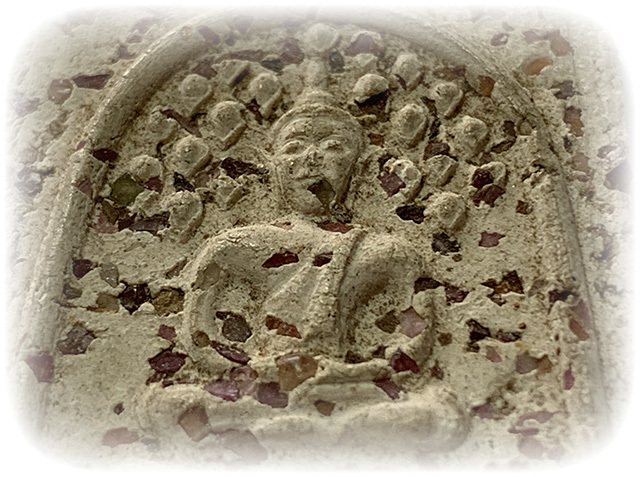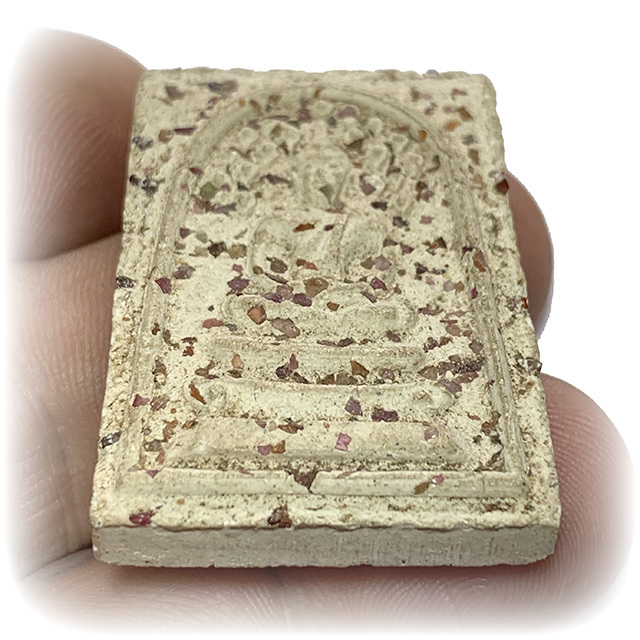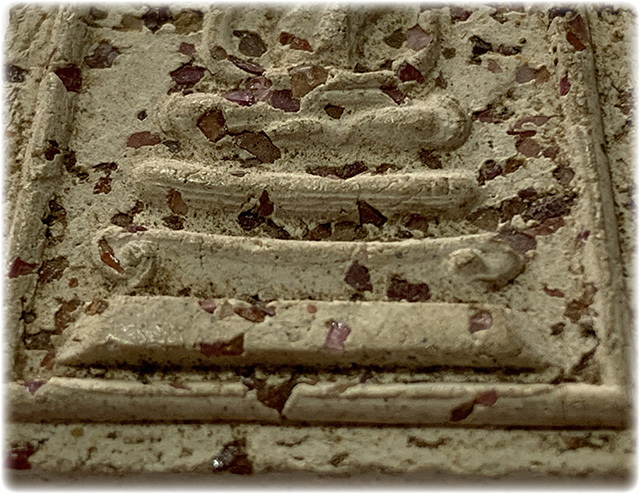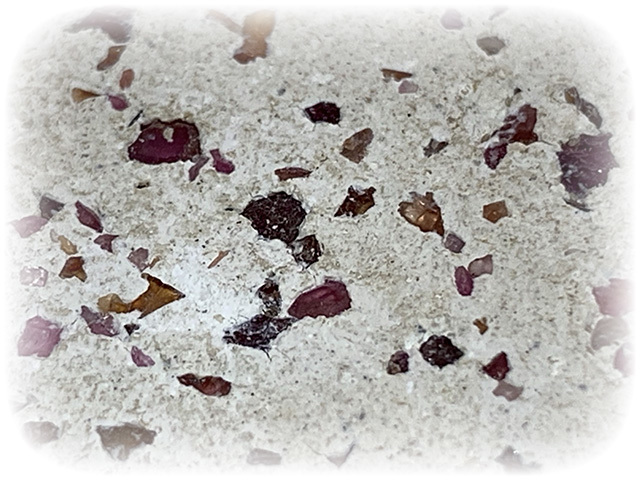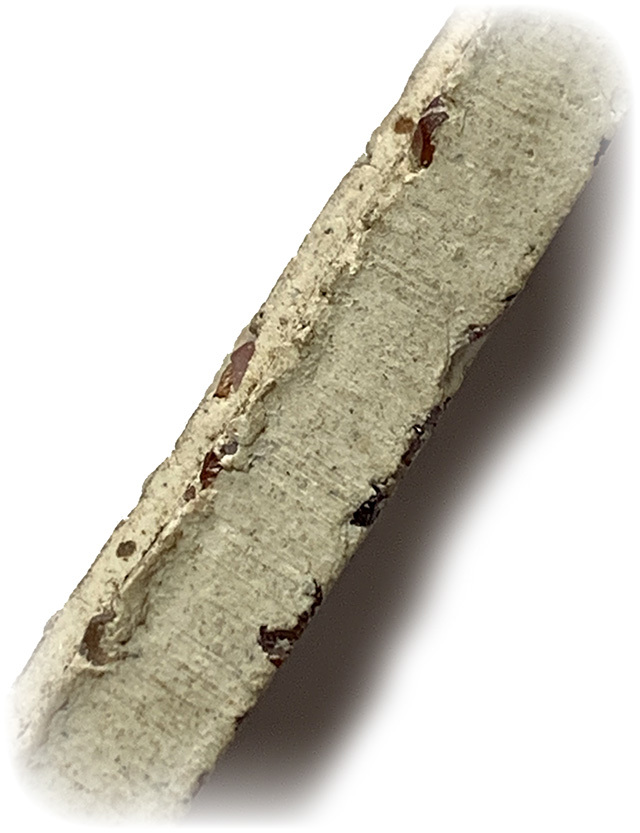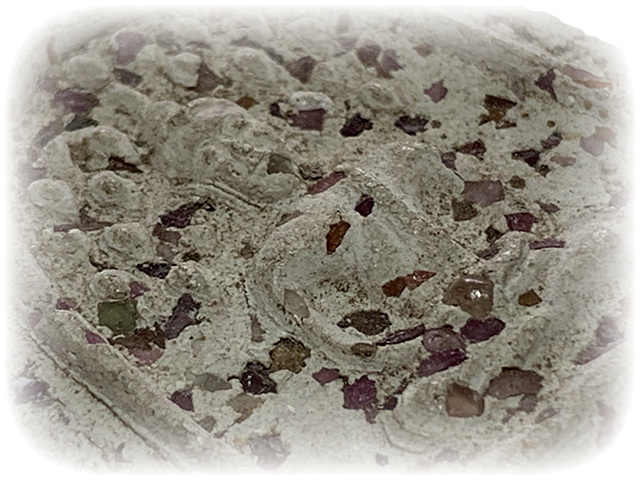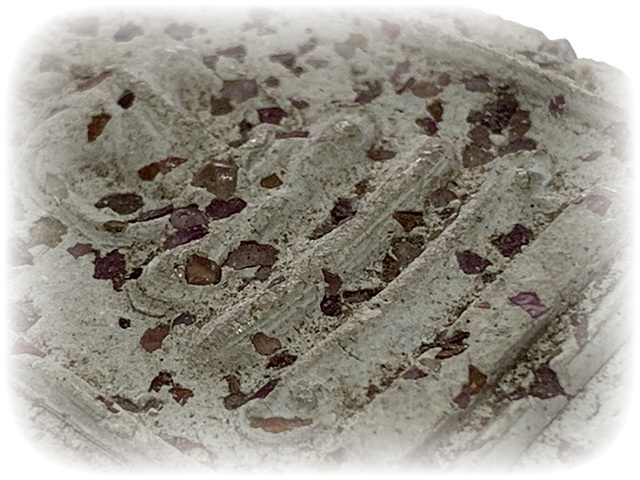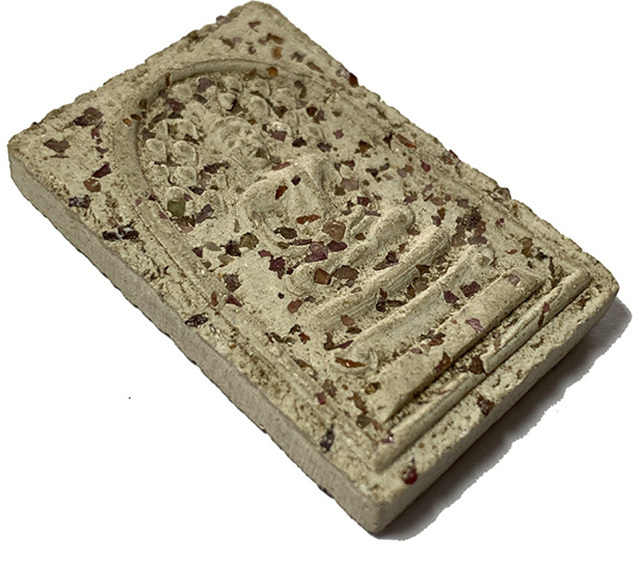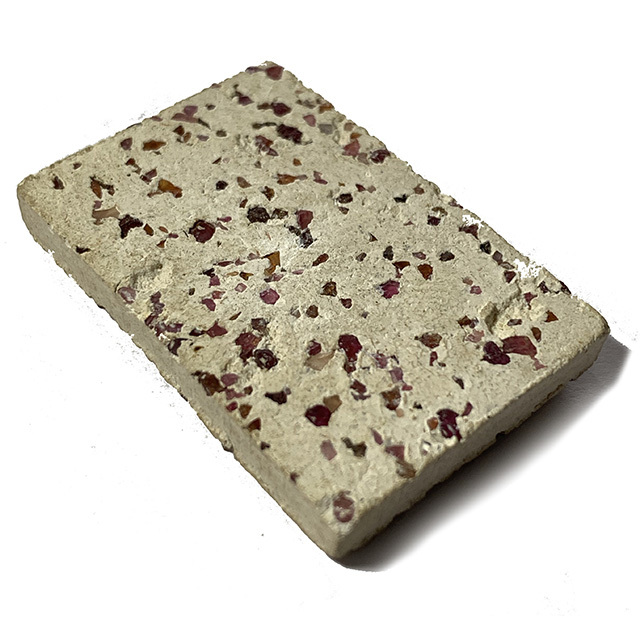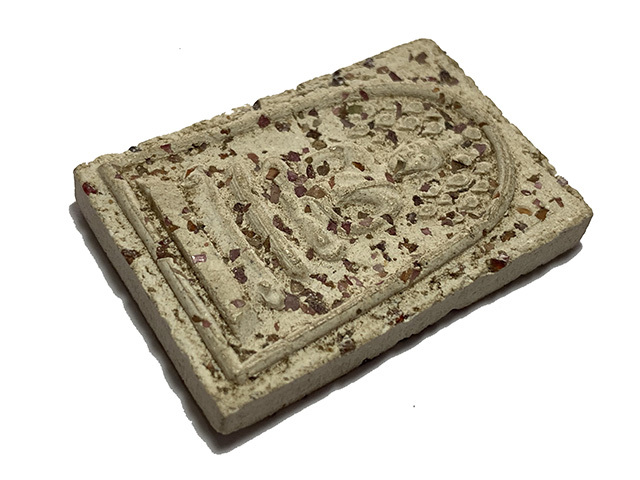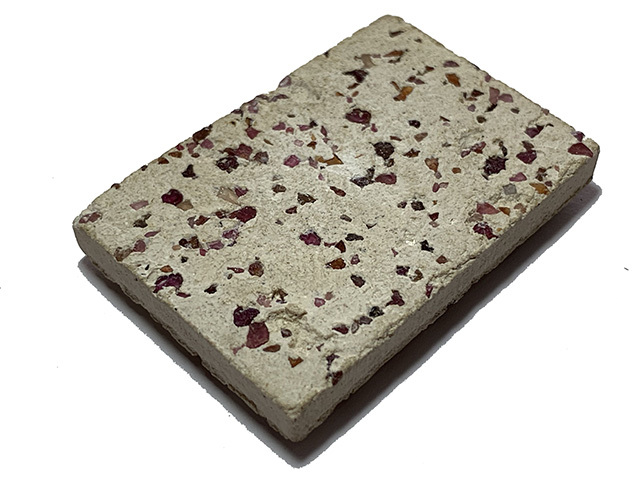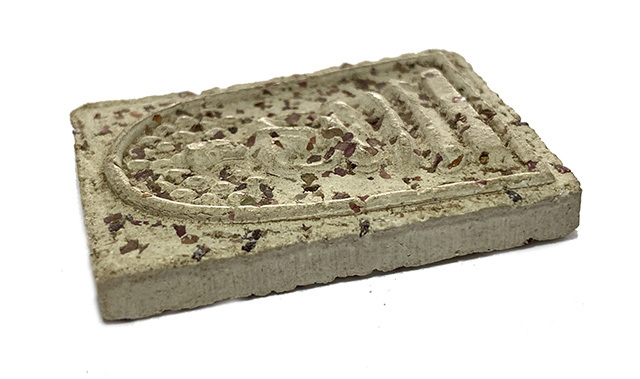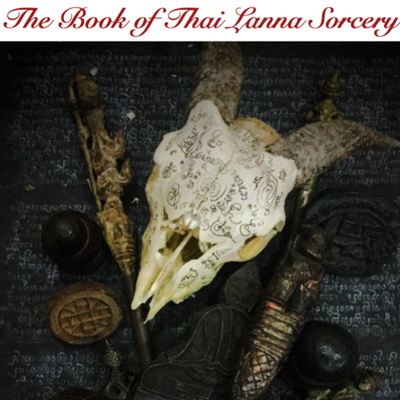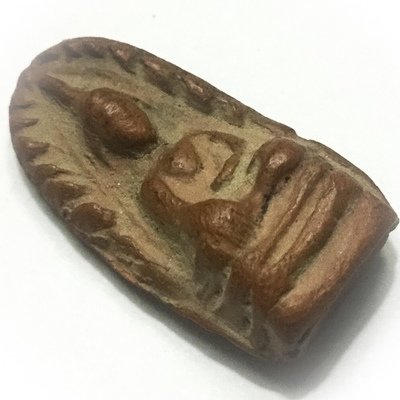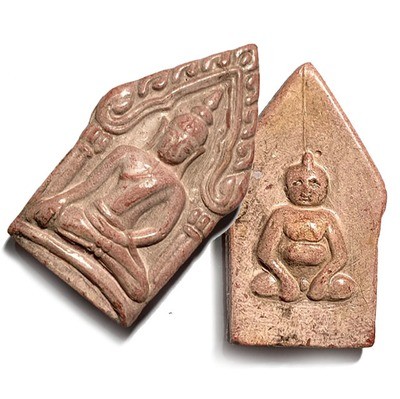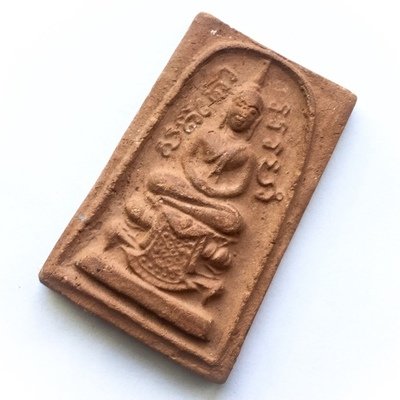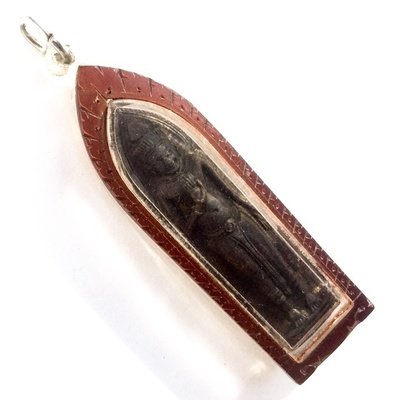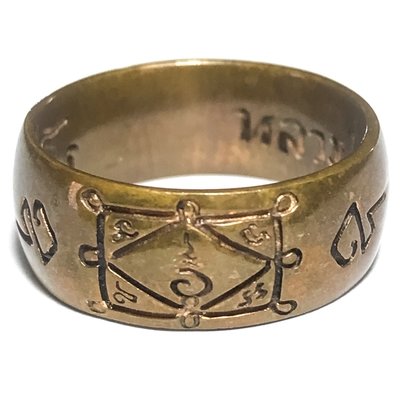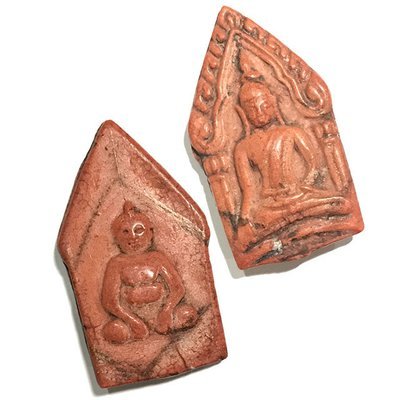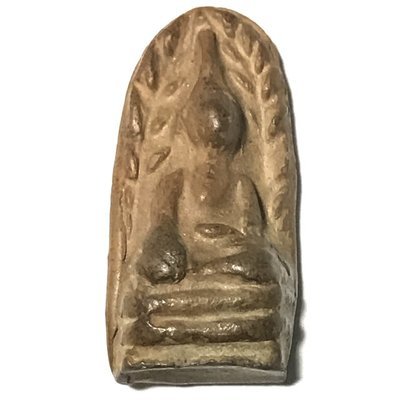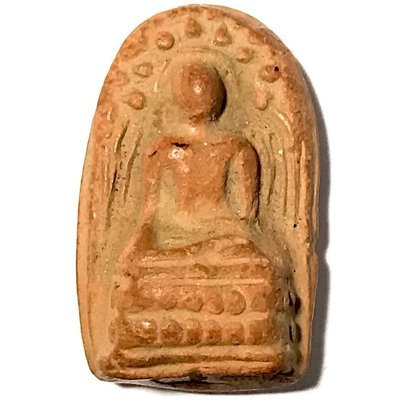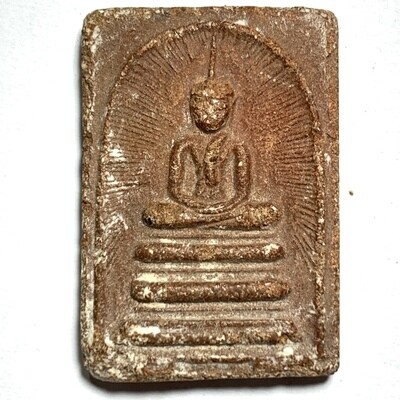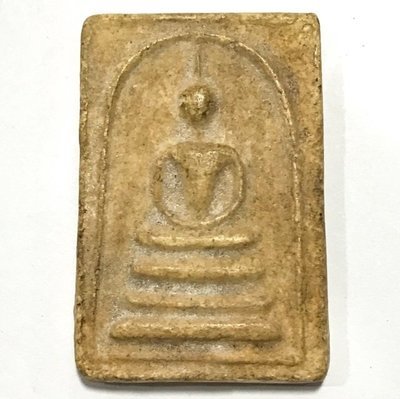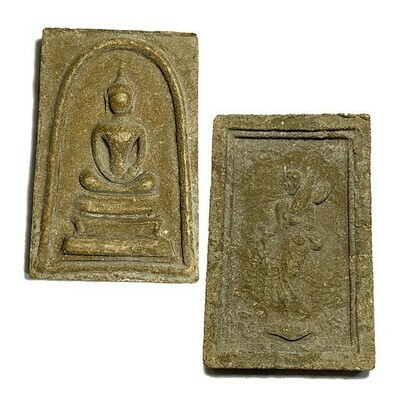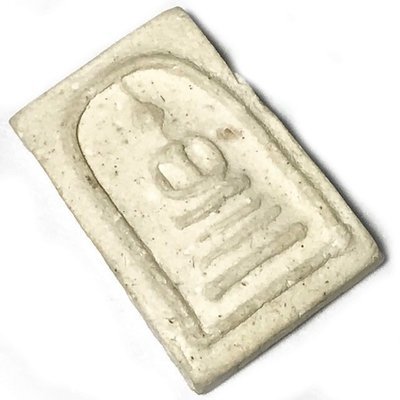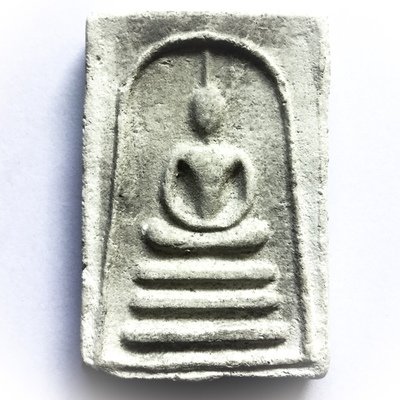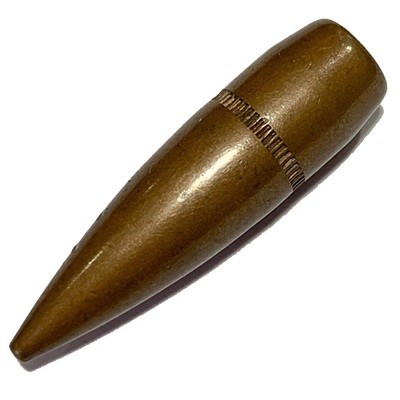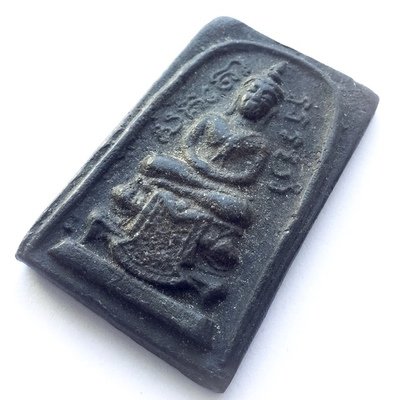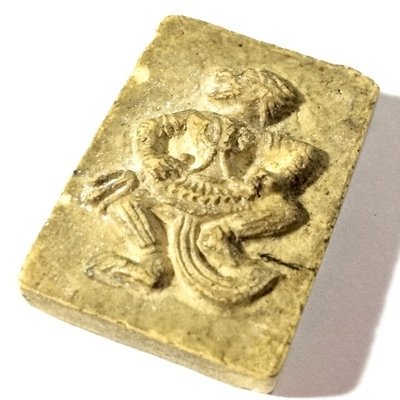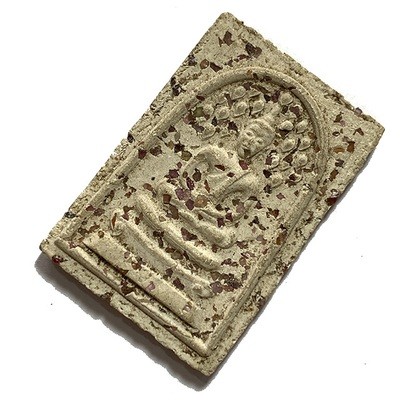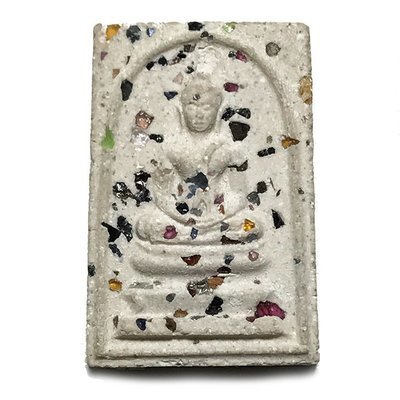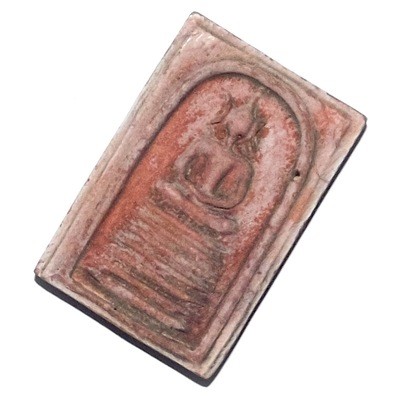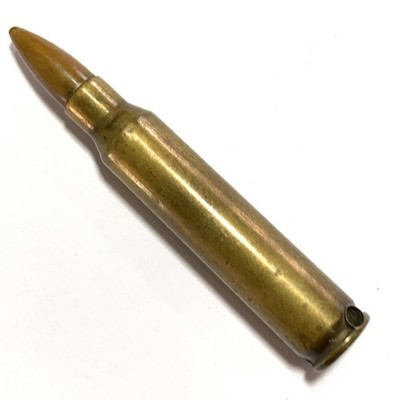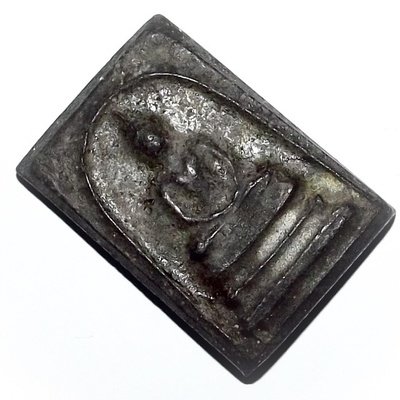
Ancient Amulet Store – Purveyors of preferred Classic Thai Buddhist Amulets for the True Devotee and Distinguished Collector
Discover the immensely deep and fascinating world of Vintage Thai Buddhist Amulets. Ancient Amulet is a long term established and internationally recognized Vintage Amulet Shop, and A Trusted Source for Classic Thai Buddhist Amulets for Devotees and Discerning Collectors, and is one of the many sub projects of informational sources created by Thai Amulet, Buddhism and Thai Occult Expert, Ajarn Spencer Littlewood . as part of his ‘Buddha Magic Project‘
Ancient Amulet provides authentic Antique and Rare Thai Amulets of the Pre and Early Post-Modern Era, of high esteem and Sacred Value, to revere, study and collect. Our Ancient Thai Buddhist Amulets are selected from the finest exhibits we can discover, and given diligent study and authentication processes. Our collection showcases time-honored amulets crafted by ancient masters, boasting captivating qualities and representing the esteemed Pra Niyom class. We offer authentic, highly valued ancient Thai Buddhist amulets from the pre and early post-modern eras, carefully selected from the finest exhibits and thoroughly examined. We invite you to study, revere, and collect these classic amulets from ancient masters, and to learn about their magical aspects and the art of amulet evaluation
Pra Somdej Prok Po Roey Ploi Hlang Riab 2512 BE Luang Por Guay Blessed at Wat Rachanadda Ultra Rare Masterpiece Amulet
Pra Somdej Prok Po Pim Sam Chan Hlang Riab Pim Yai (smooth rear face large size), Sacred Powder Votive Tablet with Gemstone Fragments, featuring a Meditating Buddha on three tiered Dais on one side, and smooth faced rear side filled to the brim with gemstone fragments.
A now highly sought after series from Luang Por Guay, which he gave to Wat Racha Nadda in 2512, and which were also blessed in Buddha Abhiseka ceremony by Luang Phu To (Wat Pradoo Chimplee), Luang Por Pring (Wat Bote Goeng Tanu), and Luang Phu Nai (Wat Ban Jaeng).
The Somdej Roey Ploi 2512 BE is a series which has now since many years officially entered the Tamniab Wadthumongkol Pantheon of amulets of Luang Por Guay, and is accepted by all major amulet appreciation societies.

It is said that the amulets which did not get distributed immediately then went into Kru storage until 2522 BE, where they were once again blessed in Buddha Abhiseka by lp Nai (Wat Ban Jaeng), Luang Por Chuea, (Wat Mai Bampen Bun), Luang Por Put (Archbishop of Utai Province), Luang Phu Nak, of Wat Nong Proeng, Luang Por Suwan of Wat Khao Bom Kluay, and Luang Por Pring, of Wat Bote Goeng Tanu.
The front face is a classic Pra Somdej Sam Chan (3 tiered) of the 'Thaan Singh' variety dais Notice the slim line between the Buddha and the 3 tiered dais, which represents his meditation mat. This particular Pim, is unusual for the presence of a large amount of gemstone fragments adorn this exhibit, making it extremely attractive.
Note; when we compare the above and below images, we can see a difference in color tone, which is always an issue with the photography of amulets, depending on light, lens, camera, and even the screen you use to view the image with. The above image shows a more yellowy tone, whereas the below image shows a more whitish-gray tone, which is closer to the true color of the amulet. One should always understand that photographs are very difficult to represent the exact true color of an object. The above image was taken with sunlight, whereas the below photo was taken in natural-tone artificial lighting (slightly blue tinted).
The amulet is filled with sprinkled fragments of precious and semi precious gemstones, which increases the Beauty, and due to the empowerment of the gemstone fragments beforehand) also sacred value of this Ultra Rare and Classic Collector's Masterpiece.
The face of the Buddha is very clearly defined and has retained its detail with pristine clarity, The Buddha is seated in meditation posture (Pang Samadhi).
The second tier from bottom on the dais has inwards inclined sides, whereas the upper tier is more rounded and curved upwards at the outer edges. This amulet and its other models are well documented, and now very rare to find, for the edition has now been officially accepted in the Samakom Pra Niyom. Amongst the more famous models are the Pim Prok Po Gao Bai (9 leaf Bodhi tree Buddha), and the Chinarat Buddha Image. One of the Rarest models is the Pim Hlang Pra Pruhnang model.
This double sided Pim is the Rarest of all Pim, and thus a Pim Niyom Category Showpiece.

Luang Por Guay Chudtintaro (2448 BE - 2522 BE) was a powerful Sorceror Monk and Sak Yant Master with infamous powers of Kong Grapan Chadtri and Klaew Klaad Magic, whose large pantheon of Buddhist Votive Tablets and Krueang Rang Talismanic Occult Charms are amongst the fastest disappearing amulets of the Present Era, since a massive increase in faithful devotees in recent years, have begun to deplete the amulets from public circulation.
In addition, the number of foreign devotees has also greatly increased over time, causing the faster depletion rate. Luang Por Guay's amulets have reached the highest level of respect and collectorship, and are considered to have noticeable effects that are felt be everybody who owns and wears one of his amulets.
The stories of confirmation of their power are more than can be counted, and his Great Patipata and Exceedingly Powerful applied methods of Sorcery are a large part of what attributes to their power.
His amulets are now extremely rare to find because those who already own any will never wish to part with them again, and they are hence becoming one of the rarest kind of amulets to find these days.
Usually this happens because of speculation by the collector scene, but in the case of Luang Por Guay's amulets, it has happened primarily for their Sacred Value, much much more than for their collectorship and artistic value, which is of course also extremely high.
Luang Por Guay is famous for his immensely diligent and complex manner of empowering (Pluk Sek) amulets, which involved daily empowerments at various times of day namely at dawn, morning, midday, afternoon, evening and midnight. In addition, he would perform empowerments during the various 'Reuks' (Astrological Influential moments), to bring total coverage of protection and fortuitous blessings to all who might wear and Bucha his amulets.
This ritual involved the Adept knowledge of the 'Reuks Mongkol' Buddhist Auspicious alignments, the 'Reuks Jone' (Gangster Alignments), Inauspicious Alignments, and the 'Reuks Bun Paya Marn' Demonic Influential Alignments. This means that it did not matter who wore his amulets, Good people would wear them, Gangsters would wear them, anybody could wear them without loss of magical effect.
Pra Nakprok Buddha
The Pra Nakprok represents the chapter of the Buddha's Life, where the Buddha remained in blissful rapture under the Acabhalanikaroda for seven days, whereupon he moved to the Mucalinda tree to the Southeast side of the Bodhi tree. A terrible rainstorm began, pouring down on the forest for a whole seven days without stopping.
Payanaga Mucalinda, who was King of the Nagas, came up from the naga Realm in the underworld and coiled himself underneath the Buddha, making a cushion seven stories high, to keep him dry. He rose up and leaned his head over the Lord opening his neck canopy to shade the Buddha from the rain, as well as keeping watch to protect him from all sorts of parasitic, poisonous and preying animals and creatures.
As the rains ceased to fall, the Naga King uncoiled and changed into a Human form and raised his hands in reverence to Buddha. In this moment, the Buddha uttered the following Kata (words);
Sukhoewiwego Dtudtassa Sudtadhammassa Bpassadtoe Abhayaabpach-chang Sukhang Loke Bpaanapuudtesuu Sanyamosukhaa Wiraakadtaa Loke Gaamaanang Smadtiggamo Asmimaanassa Winayo Edtang We Bparamang Sukhang
“Tranquility is the pleasure of he who has listened to and understood the Dharma intently, who sees conditioned things for what they really are, and does not seek to harm others.
Of he who has abolished his passions and cravings, lust and desires, he who has stepped beyond all craving for sensual pleasures and endured in his efforts to do away with self conceited attitudes, has the greatest pleasure”. The statue of Buddha sitting on seven coils of the Naga King snake was created to remember this occasion of the Naga paying reverence to Lord Buddha, and the representation of him sitting on top of the coils as if seated upon a royal throne is used for two reasons; 1. Aesthetics, 2. Brahmin influence.
A more authentic and historical version of this Buddha image is sometimes seen in the form of the Nagas coils wrapped around and covering the Buddha’s body with four or five coils around him. The only part of the body visible being Lord Buddha’s shoulders, neck and head, which is also semi enclosed by the head and canopy of the Naga leaning over him.
Kata for Saturday Buddha
Yadtohang Pakiniariyaaya Chaadtiyaa Chaadto Naapichaanami Sanjijja Bpaanang Chiiwidtaa Wo Ro Bpedtaa Dtena sajjena So Dti Dte Ho Dtu Kappassa
In Thai; คาถาสวดบูชาพระประจำวันเกิดวันศุกร์ ยะโตหัง ภะคินิ อะริยายะ ชาติยา ชาโต นาภิชานามิ สัญจิจจะ ปาณัง ชีวิตา โวโรเปตา เตน สัจเจนะ โสตถิ เต โหตุ คัพภัสสะ ฯ
Biography of Luang Por Guay Chudtintaro - Wat Kositaram
